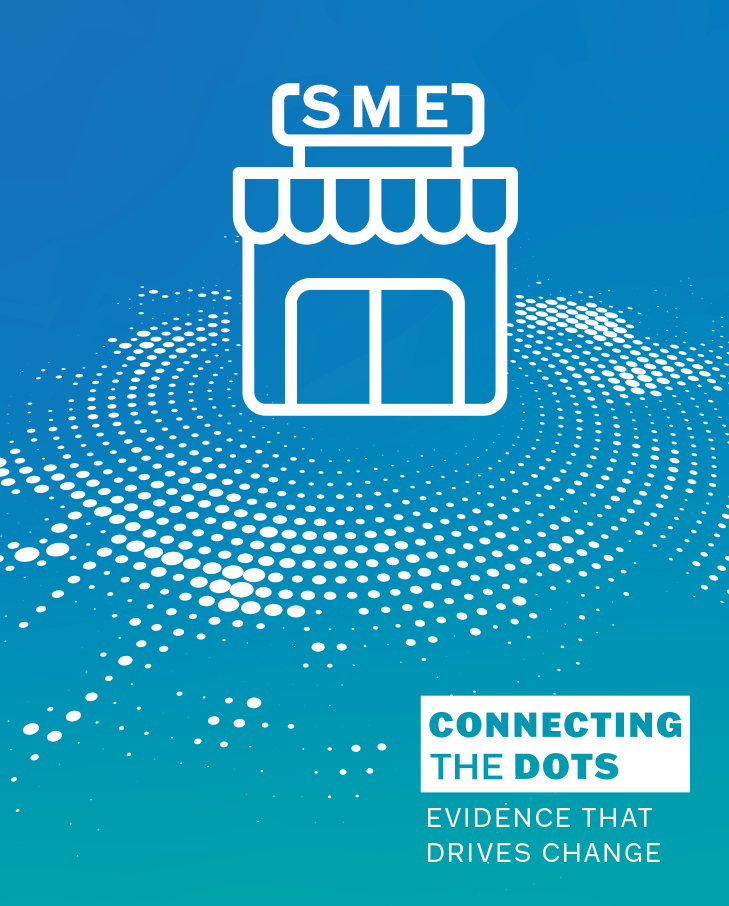April, 2024

As the European Bank for Reconstruction and Development (EBRD), prepares its updated vision with the Strategic and Capital Framework, the Financial Institution Strategy, and the expansion to Sub-Saharan Africa, it is important to look at what evaluative evidence reveals about (M)SME financing – a key component of the Bank’s work.
(Micro-) Small and Medium-sized Enterprises (M-SMEs) are pivotal in driving economic growth and employment in developing countries and emerging economies, contributing significantly to GDP and job creation. However, their potential is hindered by a persistent financing gap – a market failure restricting their access to essential capital for growth and innovation. This stifles their efficiency and growth and reflects a broader market inefficiency in allocating resources to where they can be most impactful. In a dedicated report2 on the (M)SME finance gap, the World Bank Group estimates thatin developing economies financing gaps are even larger than previously anticipated. About 65 million or 40% of formal (M)SMEs in developing countries cannot get credit, foran unmet financing need of $5.2 trillion every year, which is equivalent to about 19% of these countries’ GDP. This demands a strong response.
Multilateral development banks (MDBs) are well placed to address such market failures, because they promote fair growth and inclusiveness, especially in communities that lack services.
This issue of the “Connecting the Dots” series is a synthesis of evaluation insights on (M)SME financing and development. From a thorough review of more than 80 independent evaluation reports covering SME development and financing published since 2008 by nine evaluation departments of major International financial institutions (IFIs), eight insights have emerged.



